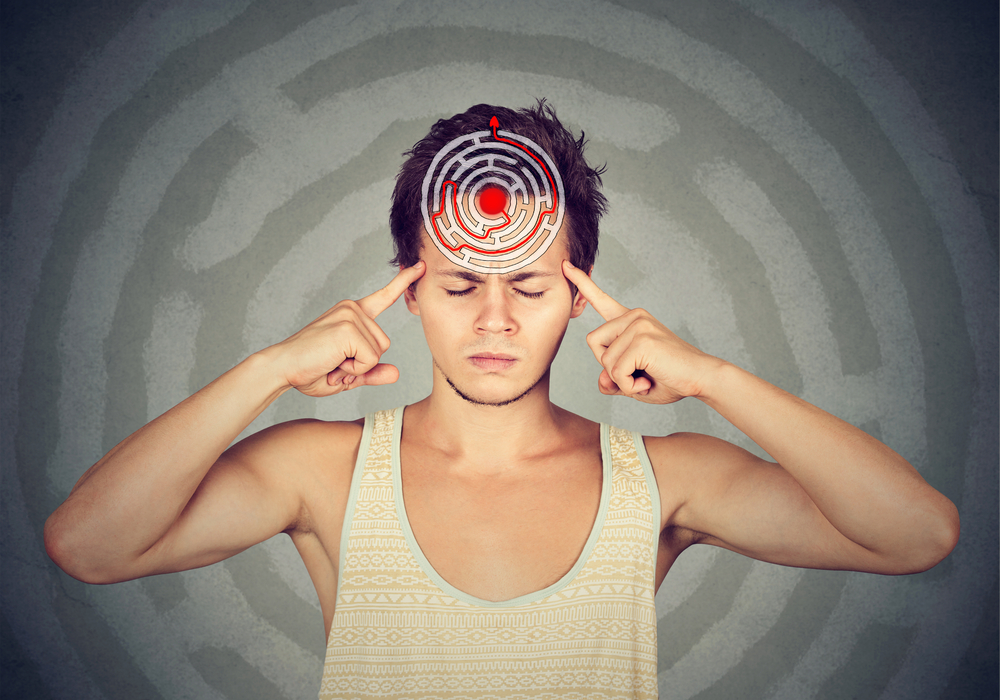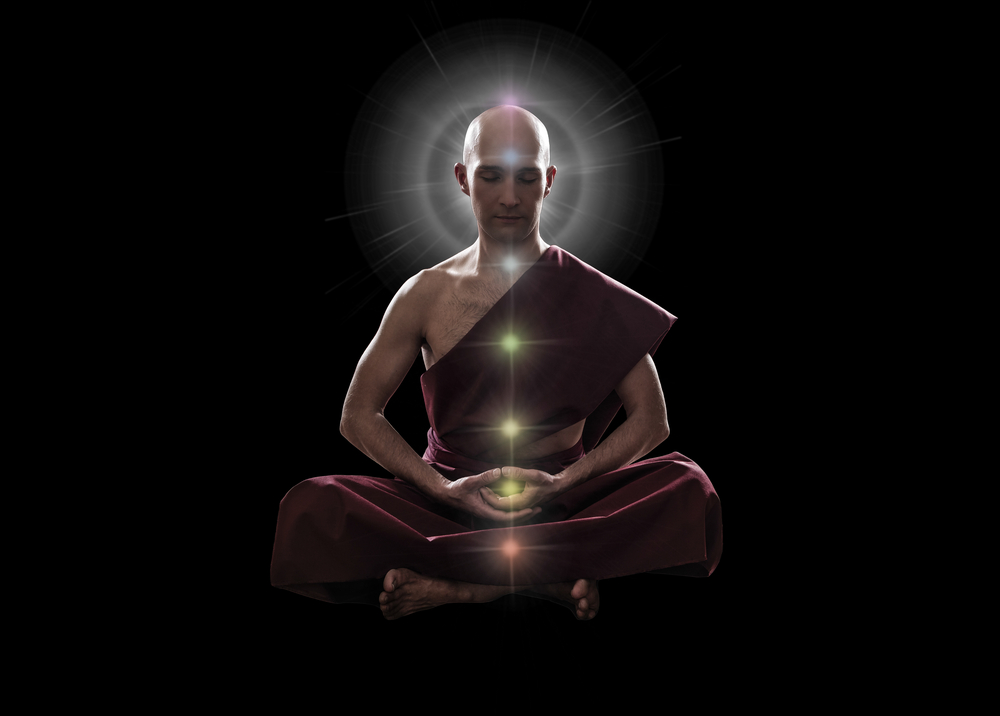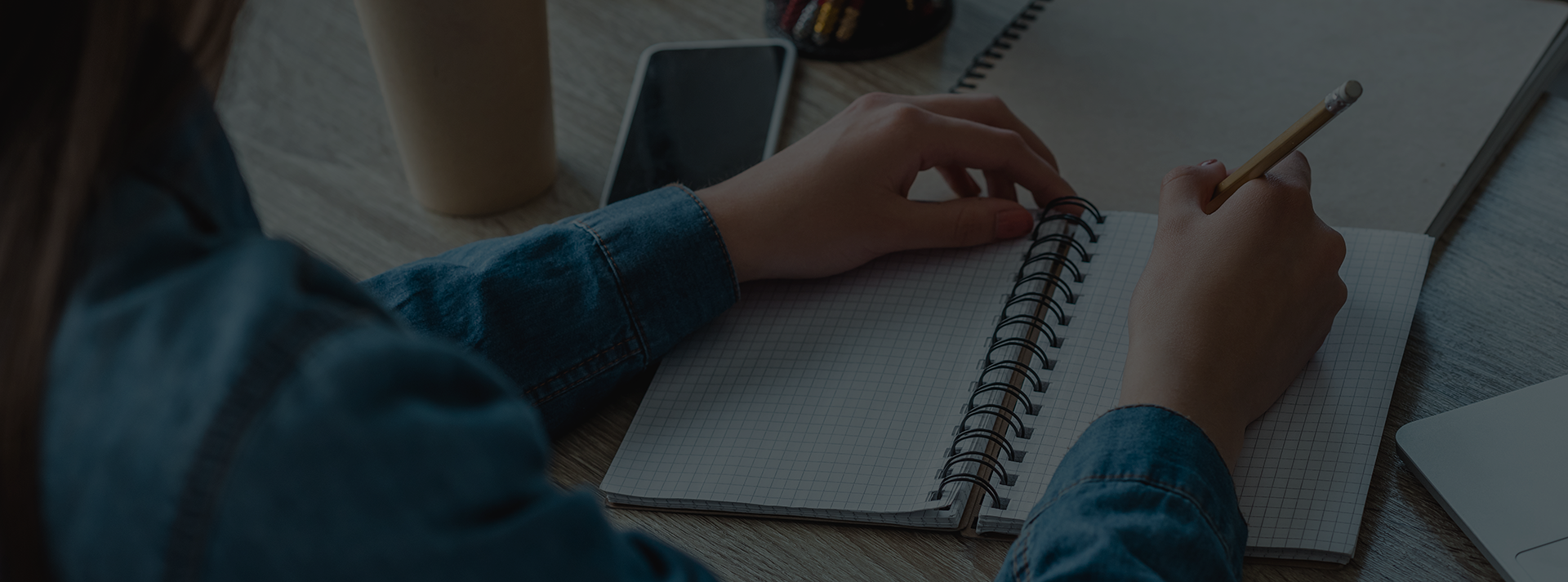
18 Feb Live life to the full using mindfulness for teens
Mindfulness is a powerful technique that’s easy to include in your daily life to be more ‘present’ and enjoy the here and now. It helps you to feel more positive, gain more energy and be more creative.
Last week, you learned ways to meditate. Meditation is an excellent way to support anyone who feels anxious, stressed, worried or uncertain because it helps to relax and calm the mind.
If you missed the blog, check back because I shared four fabulous recordings for you to meditate to. The recordings will help you to notice your breath, empty your thoughts and not beat yourself up when your mind wanders.
“Live the actual moment. Only this actual moment is life.” Thích Nhất Hạnh”
What is mindfulness?
Let me remind you of the difference between mindfulness and meditation – mindfulness is the awareness of “some-thing,” while meditation is the awareness of “no-thing.”
Mindfulness is a way to pay attention to your thoughts, feelings, emotions and actions. It’s a practise that you can do anywhere at any time.
The aim of mindfulness is to be aware of the present moment and everything that you experience during that moment. By doing this you are able to keep wandering, chattery thoughts quiet.
You have around 60,000 thoughts every day and many of these thoughts can turn into worry, anxiety, stress, feeling down or overwhelmed. Mindfulness has the power to bring you back from those negative worries to focusing on your now and not on the past or the future.
How does mindfulness work?
Being mindful slows your thoughts, which helps you to feel in control. During times of feeling frustrated, irritated or if you feel as though you’re not being heard or understood, mindfulness can help take your mind to a different space to ease your unwanted feelings to prevent them from escalating. If negative feelings escalate, they take away your control.
Being a teenager is one of the most difficult times in your life because you are experiencing so much change and the transition from childhood to becoming a young adult can be confusing. Often, you may feel misunderstood or not heard, or like you’re still being treated like a child, so learning the art of mindfulness and ‘minding your mind’ is brilliant to master.
“The little things? The little moments? They aren’t little.” Jon Kabat-Zinn
How to practise mindfulness
As a teen, getting used to practising mindfulness will massively help you to be more productive, more proactive and more resilient. It will help you to have more patience and enable you to focus better when studying, listening, reading, watching and communicating – even if it’s to be more present with your friends and family.
A great bonus to take away from this is that people will actually notice and appreciate that you are more present with them. It will be obvious that you are paying more attention and are more engaged with what’s going on.
As you practise mindfulness, let me share a little tip…combine your practise with Bob! If you’ve not read earlier blogs or listened to the Back on Track Teens podcast series, Bob will help you to notice your thoughts and encourage you to be curious about them and ask, “What else could this mean?” or “What if I felt the opposite or focused on something else for a moment?” Stick to this process and I guarantee it will help you to be more proactive rather than reactive. Read our previous blog here.

Combine meditation and mindfulness to become more resilient
I love how mindfulness and meditation are real-life resilience-building tools for teens and young people because they combine to create a set of valuable, practical and empowering tools. The outcome of this combination allows you to take control of your world. To take control of your thoughts, feelings, how you act and behave and how others react to you. Ultimately, this strength and resilience will give you the power to choose your own path and not have it chosen for you by others. To not be pushed in a direction that you are not comfortable with.
“Your goal is not to battle with the mind, but to witness the mind.” Swami Muktananda
Mindfulness exercises for teenagers
You may still be thinking how best to practise mindfulness, so let’s have a look at a couple of easy exercises.
Really feel your drink
Take a mouthful of your drink and hold it in your mouth. If it’s a fizzy drink, notice the bubbles popping in your mouth, or the temperature or texture of the liquid. Notice the flavour – is it sweet or tangy, strong or weak? Swish it around your mouth and notice how it feels as you swallow the liquid, tricking down your throat and into your stomach? If your belly is empty, you’ll probably feel the sensation of the liquid’s journey all the way down!
Really feel your hand
Look at your hand and be curious. What colour is your palm? Notice the lines on your palm and how some are deeper or longer than others. Consider the lines where your fingers and thumb bend and the lines where your hand joins your wrist. Turn your hand over. What colour is the back of your hand? Notice the difference in the number of lines on the back of your hand compared to the palm of your hand, fingers and thumb. Notice your nails and your cuticles.
Try mindful dancing
Now for something a little more fun, mindful dancing. Motion creates emotion. By using your body to create mindful distraction you can change your thoughts and state of mind to end up feeling great.
Find a piece of music you love that almost involuntarily makes you want to move and sing and dance (like no-one is looking).
Find a space that you feel comfortable in such as your room or outside and turn up the volume. Pop on your headphones if other people are around (so no-one shouts about it) and focus on the beat, rhythm and melody of the music and move your body! Feel in flow with the music and notice how you feel. Notice your thoughts, emotions and how your body feels. Really connect.
“Altogether, the idea of meditation is not to create states of ecstasy or absorption, but to experience being.” Chögyam Trungpa
Other activities encouraging mindfulness for teens
If the above activities don’t float your boat, maybe baking cakes, colouring in, solving a jigsaw or drawing something around you are great ways to be mindful. When you’re outside, listen to the sound of the birds chirping, water flowing, the soft jingle of church bells or the whistle of the wind through the trees.
Can you see how easy it is to be mindful at any time throughout your day when you’re doing absolutely anything? Even when you have a shower, notice the sound of the water, the feel of the water on your skin or the smell of the shower gel. Next time you sit on your bed, notice how the mattress feels underneath you, the texture of the duvet or blanket or the smell of the washing powder. Mindfulness is all about the little things.
Choose the life you want to lead
There are many ways to experiment with meditation practise and being mindful, but ultimately you will want to build a habit because that’s what will help you to become more resilient, positive and proactive. Find your own favourites over the next few days, try the dedicated recording and share your experiences with us on social media.
Until next week, sleep well, build your techniques and refocus your thoughts.


No Comments